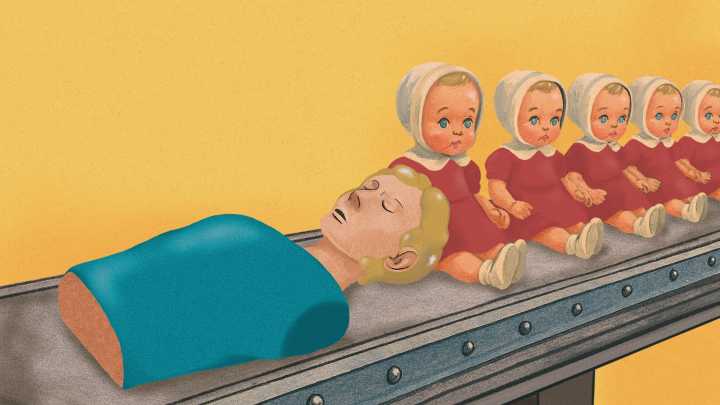In the late 1950s, Norwegian toymaker Asmund Laerdal received an unusual brief: to design a life-like mannequin that resembled an unconscious patient.
Peter Safar, an Austrian doctor, had just developed the basics of CPR, a lifesaving technique that keeps blood and oxygen flowing to the brain and vital organs after the heart has stopped beating.
He was eager to teach it to the public, but had a problem – the deep chest compressions often resulted in fractured ribs, which meant practical demonstrations were impossible.
It was in his search for a solution that he was introduced to Laerdal, an intrepid innovator then in his forties who possessed extensive knowledge of soft plastics, honed through years of work with children’s toys and model cars. He had even begun to collaborate with the N

 Aljazeera US & Canada
Aljazeera US & Canada

 The US Sun Health
The US Sun Health CNN
CNN Best Life
Best Life The Gazette
The Gazette America News
America News Raw Story
Raw Story KLCC
KLCC Orlando Sentinel Entertainment
Orlando Sentinel Entertainment